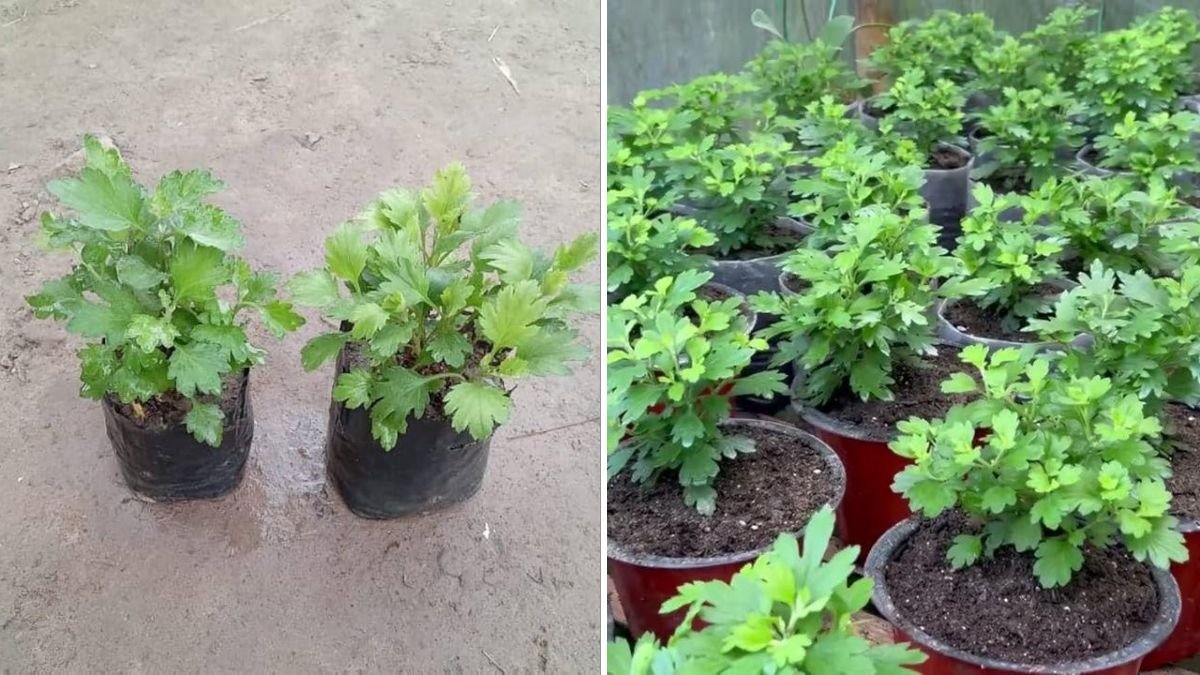Move over kale — there’s a new leafy star making its way into American kitchens and backyard gardens. With a unique aroma, slightly bitter taste, and an impressive list of health benefits, Chrysanthemum greens are quickly becoming the next big thing in the world of superfoods.
Once a staple in East Asian cuisine, Chrysanthemum greens (also known as shungiku in Japan, tong ho in China, or crown daisy greens) are gaining popularity across the U.S. for their bold flavor, nutritional power, and versatility in cooking. Whether you’re a foodie, a health enthusiast, or a gardener looking for something new, Chrysanthemum greens might just be your next obsession.
What Are Chrysanthemum Greens?

Chrysanthemum greens are the edible leaves of the garland chrysanthemum plant (Glebionis coronaria), part of the daisy family. Unlike ornamental chrysanthemums, these greens are cultivated for their tender, aromatic leaves and stems.
They have a distinct flavor — mildly bitter, peppery, and herbal, often compared to a mix of arugula, celery leaves, and parsley. Their unique taste adds depth and freshness to soups, stir-fries, salads, and even hot pots.
In Asian cultures, chrysanthemum greens have been valued for centuries, not only as food but also for their traditional medicinal properties, believed to help detoxify the body and improve overall vitality.
Nutritional Profile: A Green Packed With Power
Chrysanthemum greens may be delicate in texture, but they’re nutrient-dense and bursting with antioxidants.
Here’s what one cup (about 40 grams) of cooked chrysanthemum greens provides:
- Calories: 10
- Protein: 1.3 g
- Fiber: 1.2 g
- Vitamin A: 45% of the Daily Value (DV)
- Vitamin C: 30% DV
- Vitamin K: 60% DV
- Folate: 15% DV
- Calcium: 10% DV
- Iron: 8% DV
- Potassium: 12% DV
These greens are low in calories and carbohydrates but rich in vitamins A, C, and K, as well as minerals like calcium, potassium, and iron. Their strong antioxidant content also contributes to anti-inflammatory and immune-boosting benefits.
Top Health Benefits of Chrysanthemum Greens
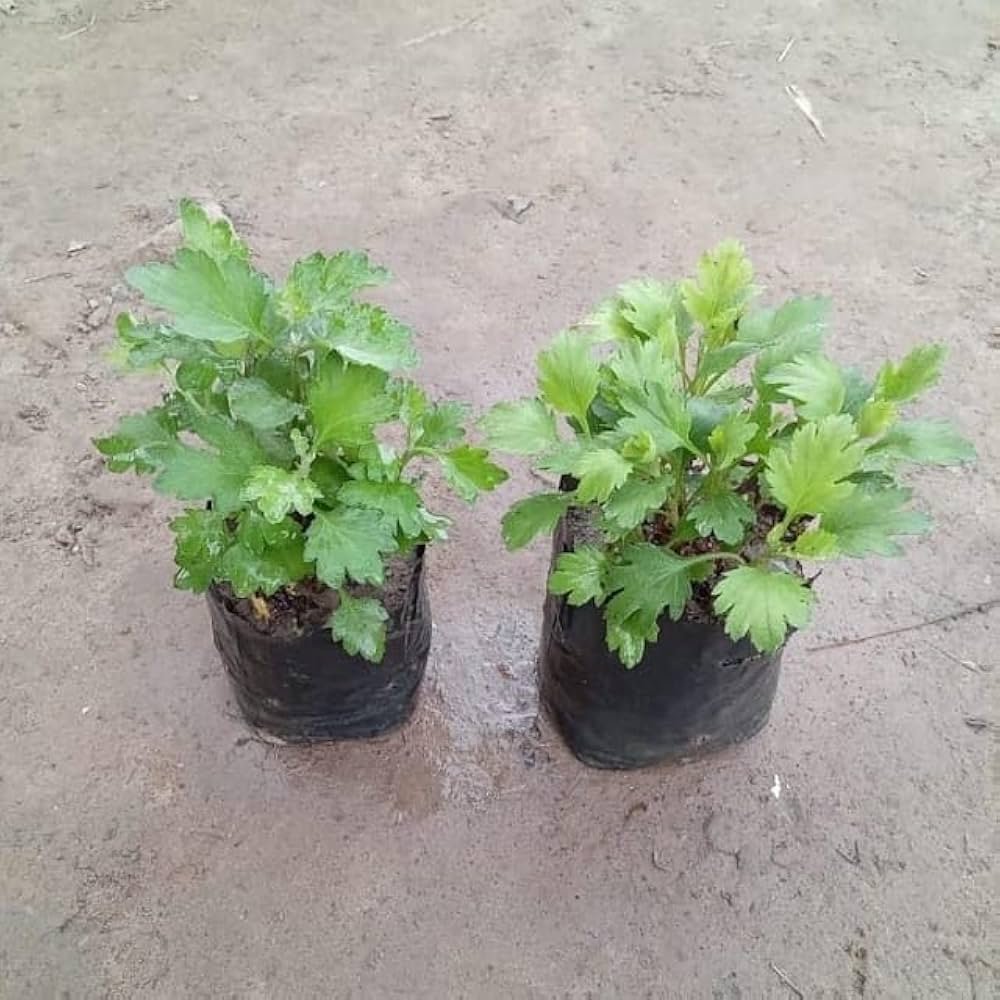
1. Strengthens Immunity and Fights Inflammation
Chrysanthemum greens are rich in vitamin C, beta-carotene, and phenolic compounds that help protect the body from oxidative stress. Regular consumption can strengthen your immune system, reduce inflammation, and promote faster healing.
2. Supports Eye Health and Skin Radiance
With sky-high levels of vitamin A and carotenoids, these greens help maintain good vision, protect against age-related eye diseases, and keep your skin glowing and healthy.
3. Promotes Heart Health
Chrysanthemum greens are loaded with potassium and antioxidants, which help regulate blood pressure and reduce cholesterol. They also contain chlorogenic acid, known for improving blood vessel function and overall cardiovascular wellness.
4. Aids Digestion and Detoxification
In traditional Chinese medicine, chrysanthemum greens are used to cool the body and aid liver function. Their natural fiber content also supports digestion and helps flush toxins, making them an ideal addition to a detox or cleansing diet.
5. Strengthens Bones and Prevents Osteoporosis
Thanks to high vitamin K, calcium, and magnesium levels, these greens support bone density and prevent mineral loss — especially beneficial for women over 40 or those on plant-based diets.
6. May Help Regulate Blood Sugar
Some studies suggest that chrysanthemum greens contain bioactive compounds that can help lower blood glucose levels and improve insulin sensitivity, making them an excellent choice for people managing diabetes or prediabetes.
How to Eat Chrysanthemum Greens: Cooking & Serving Ideas
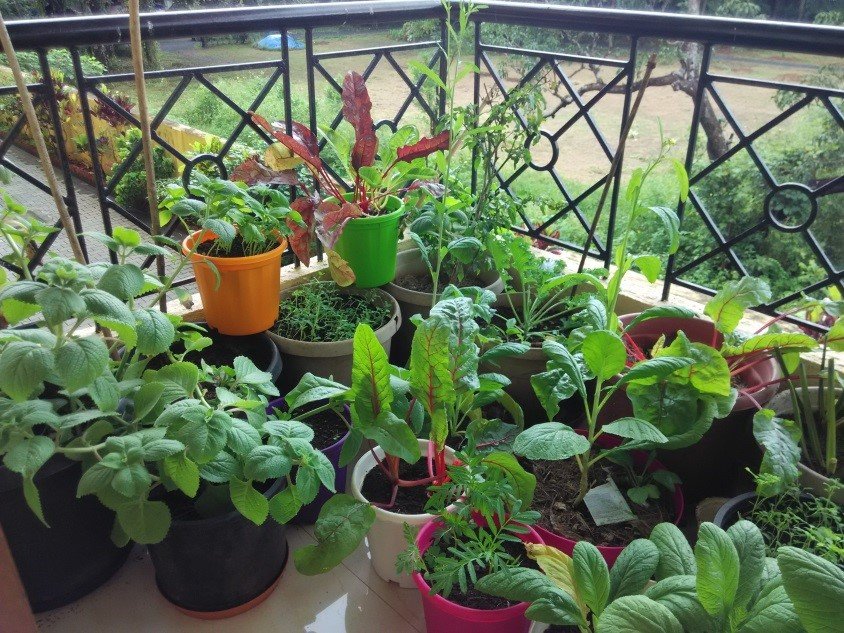
One of the best things about chrysanthemum greens is their culinary versatility. You can eat them raw, blanched, stir-fried, or added to soups. The trick is to cook them lightly to preserve their delicate flavor and nutrients.
Here are some delicious ways to enjoy chrysanthemum greens:
1. Simple Chrysanthemum Green Salad
Toss young, tender leaves with soy sauce, sesame oil, and a splash of rice vinegar. Add sliced cucumber and toasted sesame seeds for a refreshing Asian-inspired salad.
2. Stir-Fried Chrysanthemum Greens
Sauté the greens quickly in garlic and olive oil or sesame oil. Add a dash of soy sauce or oyster sauce for flavor. This quick dish makes a perfect side for rice or noodles.
3. Chrysanthemum Green Soup
In Korean and Chinese cooking, chrysanthemum greens are a staple in clear soups and hot pots. Add them to miso or chicken broth just before serving — they wilt fast but add amazing aroma and depth.
4. Chrysanthemum Greens with Tofu
Mix lightly blanched greens with tofu, soy sauce, ginger, and chili flakes for a light, protein-rich vegetarian dish.
5. Add to Hot Pot or Ramen
These greens are a must-have ingredient in Japanese and Chinese hot pots. They add freshness and a subtle bitterness that balances rich, savory broths.
6. Chrysanthemum Green Smoothies (Yes, Really!)
If you’re adventurous, blend a small handful of fresh greens with apple, cucumber, and lemon juice. It adds a slight tang and a ton of antioxidants.
How to Grow Chrysanthemum Greens in Your Backyard
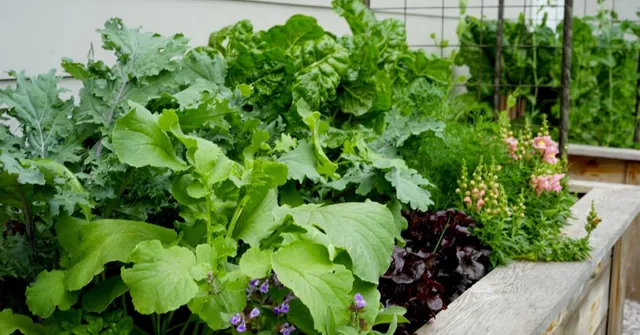
If you enjoy gardening, you’ll love how easy it is to grow chrysanthemum greens. They’re fast-growing, hardy, and thrive in most U.S. climates — perfect for spring or fall planting.
Here’s How to Grow Them:
- Soil: Loose, well-drained soil with moderate fertility.
- Sunlight: Full sun to partial shade.
- Watering: Keep the soil moist but not soggy; water regularly in dry conditions.
- Planting: Sow seeds directly into the garden after frost. Thin seedlings to about 6 inches apart.
- Harvesting: Pick young leaves when plants are 6–8 inches tall for the best flavor. Older leaves tend to be more bitter.
You can even grow them indoors in containers — perfect for apartment dwellers or urban gardeners. Because they grow quickly, you’ll be harvesting within 3 to 4 weeks of planting.
Flavor Pairings and Cooking Tips
Chrysanthemum greens have a bold, aromatic flavor, so they pair best with foods that can balance or complement that character.
Best pairings include:
- Garlic, ginger, and sesame oil
- Soy sauce, miso, or vinegar
- Mushrooms and tofu
- Noodles, rice, or soups
- Citrus flavors like lemon or yuzu
Pro Tips:
- Always cook them briefly (under 2 minutes) to avoid bitterness.
- Use young leaves for raw salads and older leaves for cooked dishes.
- If the flavor is too strong, blanch the greens in hot water for 10 seconds, then rinse in cold water.
Why Americans Are Embracing Chrysanthemum Greens
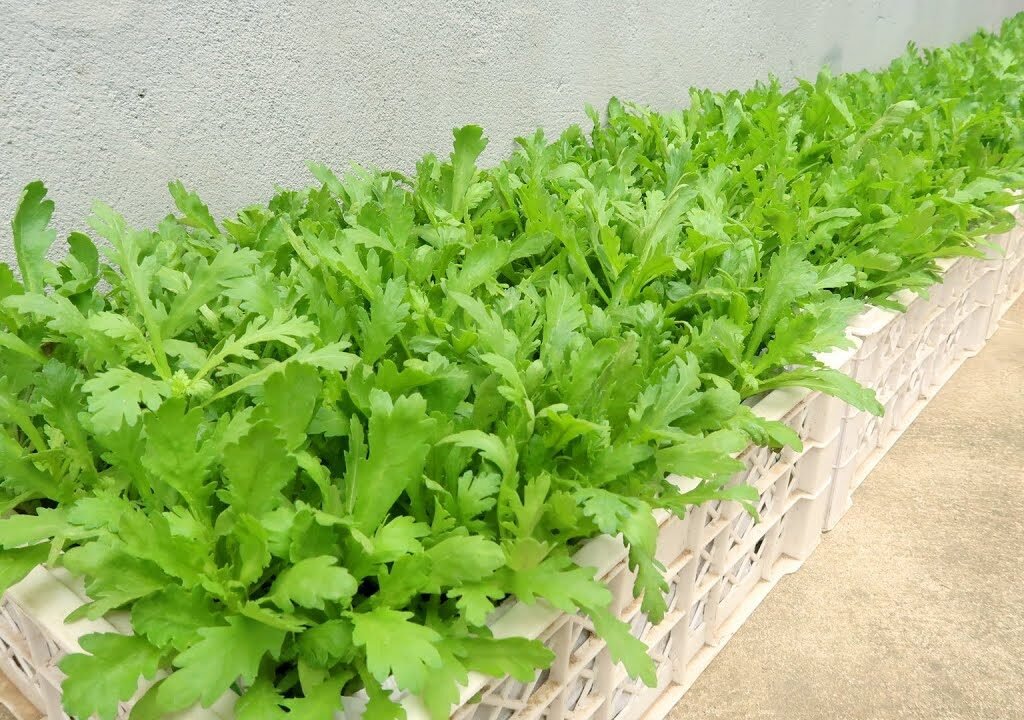
In 2025, U.S. consumers are more curious about global ingredients and committed to eating healthier, sustainable foods. Chrysanthemum greens fit right into both trends.
They’re:
- Nutrient-rich yet low in calories.
- Eco-friendly, growing easily without pesticides.
- Unique in flavor, adding excitement to everyday meals.
- Perfect for plant-based and clean-eating diets.
Chefs at farm-to-table restaurants are featuring chrysanthemum greens in seasonal menus, while home cooks and health enthusiasts are discovering them through local farmers’ markets or Asian grocers.
Where to Buy Chrysanthemum Greens in the U.S.
You can find chrysanthemum greens at:
- Asian grocery stores (look for shungiku, tong ho, or choy suey chrysanthemum).
- Local farmers’ markets, especially during spring and fall.
- Health food stores like Whole Foods or Sprouts (seasonally).
- Online seed suppliers, if you want to grow your own at home.
When buying, look for bright green, tender leaves without yellowing or wilting. The younger the greens, the milder the taste.
Fun Fact: Chrysanthemum Greens in History
In ancient China, chrysanthemum leaves were prized as “the food of longevity.” The chrysanthemum flower symbolized autumn and resilience — traits that the greens share through their hardy growth and rejuvenating nutrients.
Even today, in Japan and Korea, chrysanthemum greens are served during festivals and holidays as a symbol of purity, renewal, and health.
Final Thoughts: A Delicious Secret Worth Sharing
If you’re ready to expand your greens beyond kale and spinach, Chrysanthemum greens are a flavorful, nutritious, and easy-to-grow alternative that deserves a place in your kitchen.
Their peppery bite, impressive nutrient content, and detoxifying properties make them a true supergreen — one that bridges the gap between traditional Asian cuisine and modern American wellness trends.
So next time you see these greens at your local market, don’t walk past — grab a bunch, toss them in your stir-fry, and taste the freshness that’s captivating food lovers across America.
